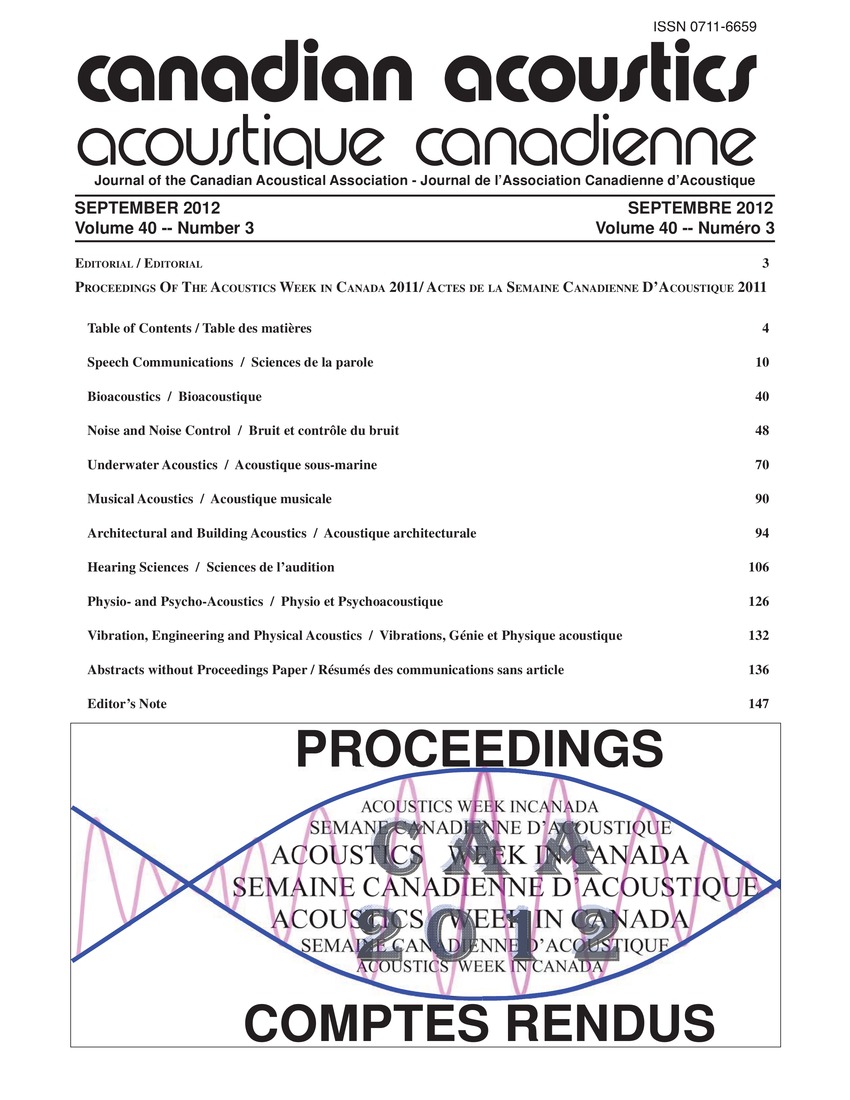A comparison of ISO 9613-2 and advanced calculation methods: Predictions versus experimental results
Keywords:
Approximation theory, Approximate methods, Outdoor sound propagation, Scientific researches, Software applicationsAbstract
Standardization provides methodologies by which independent investigations of the same situation are able to derive the same conclusions. However, standardization is sometimes also perceived as absolute and accurate, beyond which one should not investigate matters deeper. The responsibility of the accuracy of these methods does not lie with the developers but with the standards organizations. This is not the case with algorithms based on pure scientific research where the full responsibility lies with those who turn it into software applications. The Simulation and prediction of outdoor sound propagation using advanced calculation methods are based on principles of physics with an effort to try to avoid empirical or approximate methods, often found in published outdoor propagation standards.Additional Files
Published
How to Cite
Issue
Section
License
Author Licensing Addendum
This Licensing Addendum ("Addendum") is entered into between the undersigned Author(s) and Canadian Acoustics journal published by the Canadian Acoustical Association (hereinafter referred to as the "Publisher"). The Author(s) and the Publisher agree as follows:
-
Retained Rights: The Author(s) retain(s) the following rights:
- The right to reproduce, distribute, and publicly display the Work on the Author's personal website or the website of the Author's institution.
- The right to use the Work in the Author's teaching activities and presentations.
- The right to include the Work in a compilation for the Author's personal use, not for sale.
-
Grant of License: The Author(s) grant(s) to the Publisher a worldwide exclusive license to publish, reproduce, distribute, and display the Work in Canadian Acoustics and any other formats and media deemed appropriate by the Publisher.
-
Attribution: The Publisher agrees to include proper attribution to the Author(s) in all publications and reproductions of the Work.
-
No Conflict: This Addendum is intended to be in harmony with, and not in conflict with, the terms and conditions of the original agreement entered into between the Author(s) and the Publisher.
-
Copyright Clause: Copyright on articles is held by the Author(s). The corresponding Author has the right to grant on behalf of all Authors and does grant on behalf of all Authors, a worldwide exclusive license to the Publisher and its licensees in perpetuity, in all forms, formats, and media (whether known now or created in the future), including but not limited to the rights to publish, reproduce, distribute, display, store, translate, create adaptations, reprints, include within collections, and create summaries, extracts, and/or abstracts of the Contribution.


